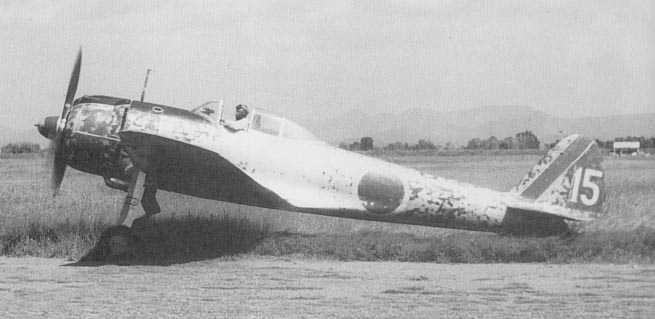
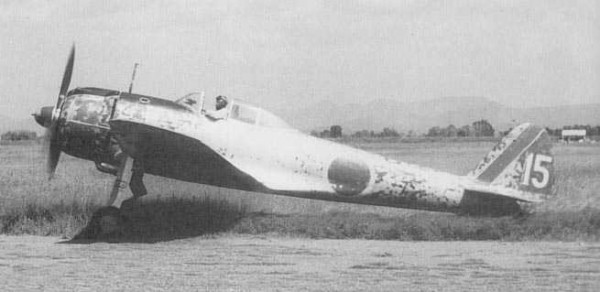
Nobuo Harada, a collector of World War II-era Japanese aircraft, is now rebuilding a rare fighter plane from components recovered overseas in the hope of keeping wartime memories alive. Harada is businessman born and raised in Tokyo whose business is import and export of cars. Mr Harada funded the Kawaguchiko Car Museum ,e is also a warbird enthusiast, and owner and restorer of several Zeros.The Nakajima Ki-43 Hayabusa was used by the former Imperial Japanese Army,Hayabusa means falcon in Japanese.
The mean reason why Mr. Harada chose the the Nakajima Ki-43 Hayabusaand is that because the aircraft can no longer be found in Japan.In fact only four Hayabusa planes are known to exist, three in the United States and one in the UK. Out of four aircraft only one is airworthy (Ki-43-IIIb -replica) and it is operated by the Tillamook Air Museum. The other survivors are potentially in flying condition.
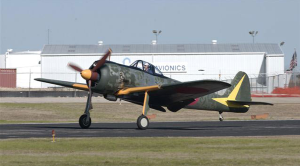
Ki-43 is owned by The Fighter Collection, Duxford UK and awaiting restoration. Ki-43-Ib N750N is owned by Paul Allen/Flying Heritage Collection, Arlington, Washington, USA. Former ZK-OSC restored to flying condition by the Alpine Fighter Collection in the 1990s, not currently flying. Ki-43-IIb is at Seattle Museum of Flight, Ki-43-IIb is at the Pima Air & Space Museum in static display.
The Museum of Flight’s aircraft depicts a Tachikawa-built Ki-43-IIIa of the 3rd Chutai (“Fighter Squadron”), 54th Sentai (“Fighter Group”), based on Shumshu in the Kurile Islands in 1945, from whence it defended the Japanese Home Islands against raids by American bombers based in the Aleutian Islands. This Haybusa reproduction incorporates parts from four wrecked Ki-43s recovered from Shumshu by the noted warbird collector Doug Champlin in the 1990s. GossHawk Unlimited of Casa Grande, Arizona, completed the reproduction in 2008, with Col. Hiroo Murata, Japan Air Self-Defense Force (Ret.), as technical advisor.
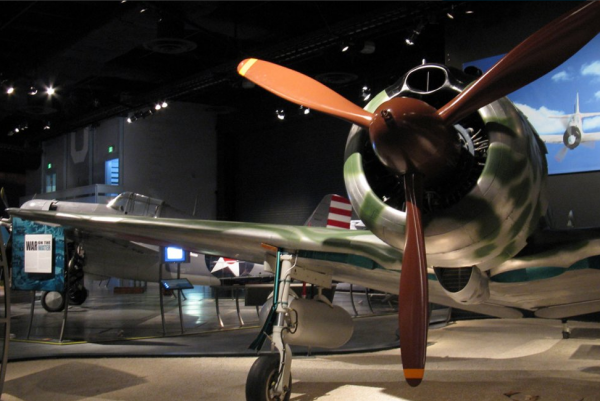
“Stories of the war will be forgotten in 30 years. It’s now or never,” says Harada, 76, curator of the Kawaguchiko Automobile Museum’s Zero Fighter Museum.
The Hayabusa, developed by the former Nakajima Aircraft Co., was the army’s main fighter plane during the war and Japan’s first fighter with retractable landing gear. A total of 5,700 of them were produced, second only to Zero fighters flown by the former Imperial Japanese Navy.
Harada’s wartime experience makes his commitment to the rebuilding project compelling. At the age of seven, he lost his Tokyo home to U.S. air raids.
While working in trading, Harada began collecting wartime fighter planes. He learned that components of a Hayabusa captured by the Royal Australian Air Force in New Guinea in January 1945 still exist.
A British museum has had the parts since around 1990. After negotiations, the museum agreed early this year to release them to Harada, who purchased them.
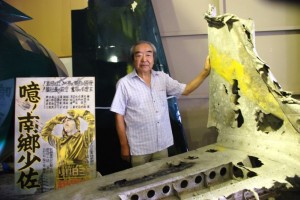
In July, the main components, such as the engine, the body of the plane, the main wing and the tail unit, arrived in Japan. Numerous dents and holes in the plane suggest it was attacked by locals while in New Guinea.
“We’re planning to break the parts into pieces and repair and reassemble them. We hope to finish rebuilding the plane in five years,” Harada says.
A team of three engineers will undertake the restoration work along with engine repairs. They will spend all next year reassembling the tail unit and the rear of the body. Rebuilding the main wing and the front part of the plane, including the cockpit, will take a total of four years.



I have a myrt in my possession im looking at selling to a collector if interested please contact me n I can send u pictures, the chino air museum is interested in my plane, my contact is 208-412-2782 n my e-mail thank u
My name is Neil Krumbeck and I’m an Australian diver residing in the Philippines and currently working with an Australian survey company which is carrying out underwater survey operations here. Recently we discovered the wreck of Nakajima Ki-43 by side scan sonar off Basuanga, Northern Palawan and have identified it as a late 43-IIb model. It’s in relatively good condition, complete apart from the fabric covered flight controls and some obvious deterioration, and appears to have made a forced landing with the engine stopped. It was previously unknown to anyone in the area including the local fishermen and we are keen to locate the serial number and hopefully find its history. We would like to locate the data plate on the airframe, it has probably deteriorated somewhat after 70+ years but it’s worth a try. Would it be possible for me to contact Mr Harada? Any other information you could give us that you think may be of help would be much appreciated.
Regards,
Neil.
Neil,
Unfortunately we are not in contact with Mr Harada. Sorry.
Mr. Krumbeck, are you still trying to reach Mr. Harada?
Hi Neil,
I am the sun of Nobuo Harada, Jun.
If you would like to make a contact with my father, you can send me an email as in below;
hrc1@dream.big.or.jp
Thanks,
Jun Harada
Lovely aircraft! I hope I can get to see it someday.
Nobuo Harada has a great collection of aircraft.